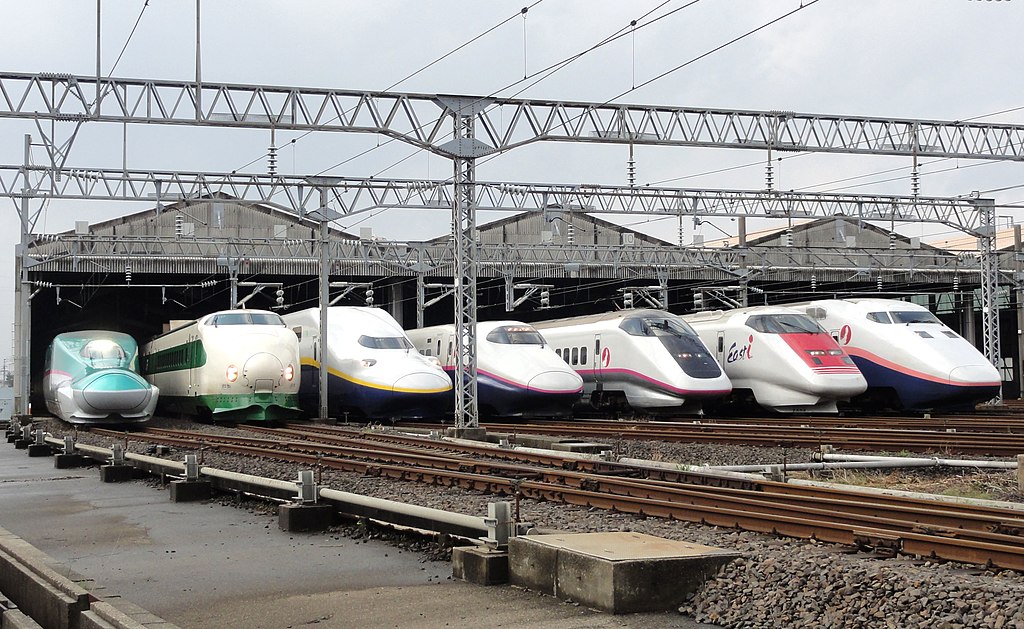Japan is a country with a robust infrastructure that includes a tight public transportation system. Even if your Japanese isn’t up to scratch, you shouldn’t have too many issues navigating your way around, especially in the bigger cities. Whether you’re on a sightseeing trip across the country or just trying to get from A to B within a city or prefecture, you will likely find a range of options. The Ministry of Land, Infrastructure, Transport, and Tourism oversees Japan’s public transport, with numerous companies operating different services. Here’s an overview of what to expect.
Trains
Train services in Japan are famously reliable, clean, and good quality. The Japan Railways (JR) Group runs the main national service, with several regionalized subsidiaries (JR Central, JR East, etc.), as well at the famed Shinkansen bullet trains. There are also numerous private companies operating in different parts of the country, as well as local networks including subway operators running in many major cities.
Costs vary according to your journey type, length, and provider. Basic fares usually work out at around 10-20 yen/km but you can pay extra for things such as express journeys (e.g. Shinkansen), first class (green car), or seat reservation. Children, seniors, and students are eligible for discounts. If you live in Japan, it’s worth looking into getting a Japan Rail Pass if you make a lot of train journeys, or a prepaid IC Card, which works similar to the Oyster Card in London.
Bear in mind that most Japanese trains don’t run through the night. General timetables are from 5:00 a.m. to midnight.
Buses
Bus services in Japan are quite similar to trains, although more regionalized. JR Bus, a subsidiary of the Japan Railways Group, runs eight bus services in different regions. Each region or city also has its own network of bus companies dealing with local routes, so you’ll need to check what is available in your specific region. Like trains, buses are very reliable and clean, running at similar times. Single full-price journeys are typically around 200 yen. You can use your IC card for bus journeys if you have one.
Airplanes
As an island nation, Japan unsurprisingly makes good use of air travel. There are nearly 100 airports across the country, dealing with both international and domestic flights. There are two major Japanese airlines: Japan Airlines and All Nippon Airways (ANA).
Taxis and Other Cars
For those wanting less crowded forms of public transportation, there are numerous taxi companies in Japan. Providers vary across regions and cities. Bigger firms running in Tokyo include Nihon Kotsu and Kokusai. Fees vary, being more expensive in major cities, but expect to pay 400-750 yen as a base rate and then an additional charge for longer journeys.
You can find several ride-hailing services and apps in Japan, including:
Other Options
Other options for public travel in Japan are:
- Boats and ferries: an option for journeys across waterways, for example Tokyo to Tokushima, or Kobe to Kagoshima.
- Long-distance coaches: some of the bus companies run long-distance day and night coaches if you want an alternative to train travel between cities or regions.
Useful Links
Japan Rail Pass
Japan Travel (app)
Rsa, CC BY-SA 3.0, via Wikimedia Commons

